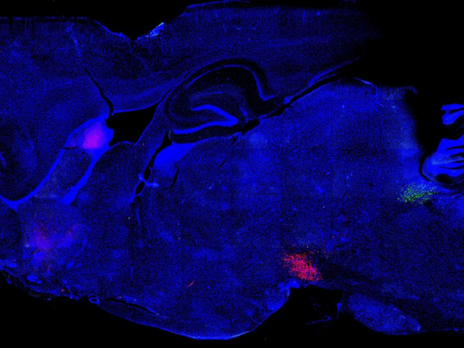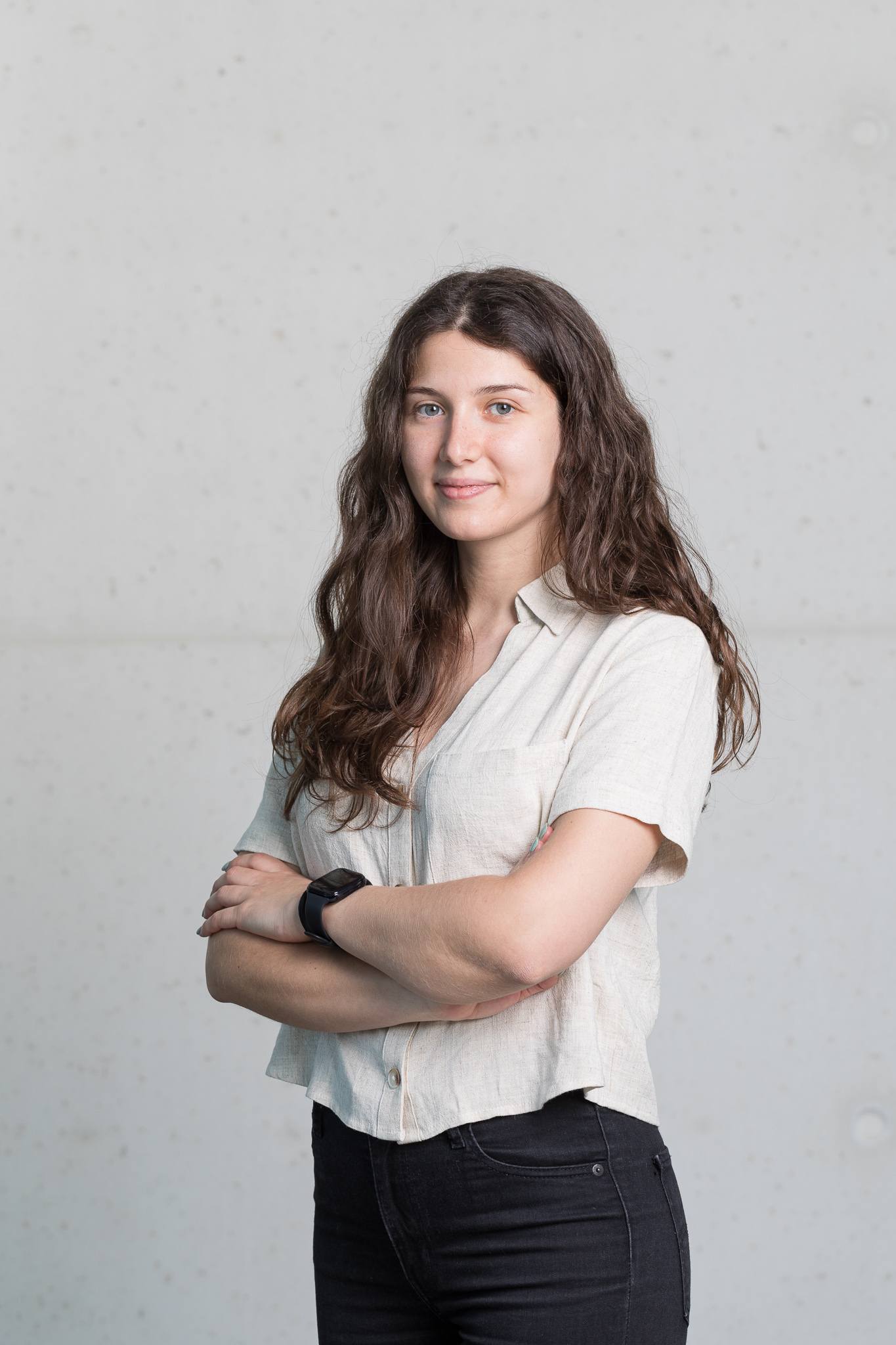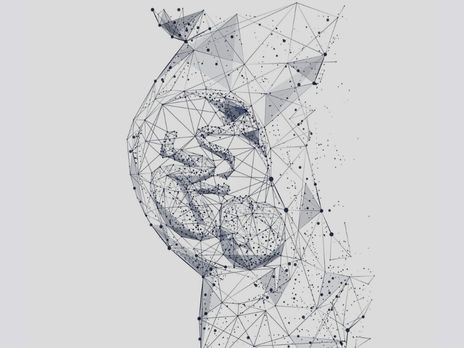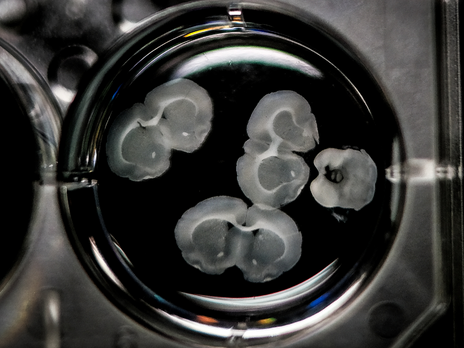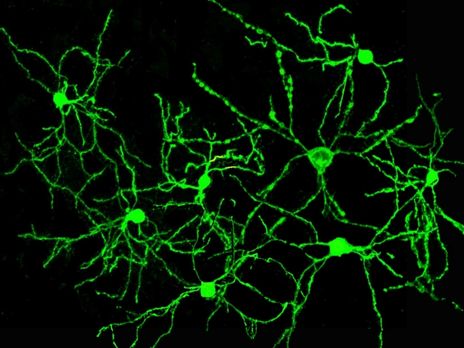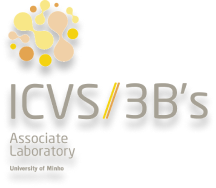Scientific Highlights
Papers:
-DOMINGUES AV, Coimbra B, Correia R, Deseyve C, Vieitas-Gaspar N, Floresco SB, Sousa N, Soares-Cunha C, Rodrigues AJ. “Prenatal dexamethasone exposure alters effort decision making and triggers nucleus accumbens and anterior cingulate cortex functional changes in male rats”. Transl Psychiatry 2022 Doi:10.1038/s41398-022-02043-4.
-Soares-Cunha C, DOMINGUES AV, Correia R, Coimbra B, Vieitas-Gaspar N, de Vasconcelos NAP, Pinto L, Sousa N, Rodrigues AJ. “Distinct role of nucleus accumbens D2-MSN projections to ventral pallidum in different phases of motivated behavior” Cell Rep. 2022. Doi: 10.1016/j.celrep.2022.110380
-DOMINGUES AV, Pereira IM,Vilaça-Faria H, Salgado AJ, Rodrigues AJ, Teixeira FG. “Glial cells in Parkinson´s disease: protective or deleterious?”. Cell Mol Life Sci. 2020 Dec Doi: 10.1007/s00018-020-03584-x.
Prizes
2019- Travel award for the ECNP workshop on Neuropsychopharmachology for Junior Scientists in Europe, March 2019, Nice, France
2019- PhD Fellowship, granted by Fundação para a Ciência e Tecnologia (FCT)
2022- Grant for Cajal course on Neural circuit basis of computation and behaviour, May, 2022
2022 – Travel award to attend ISN, granted by ISN
